Table of Contents
Quality Service Guarantee Or Painting Free

Get a rental agreement with doorstep delivery

Find the BEST deals and get unbelievable DISCOUNTS directly from builders!

5-Star rated painters, premium paints and services at the BEST PRICES!
Loved what you read? Share it with others!
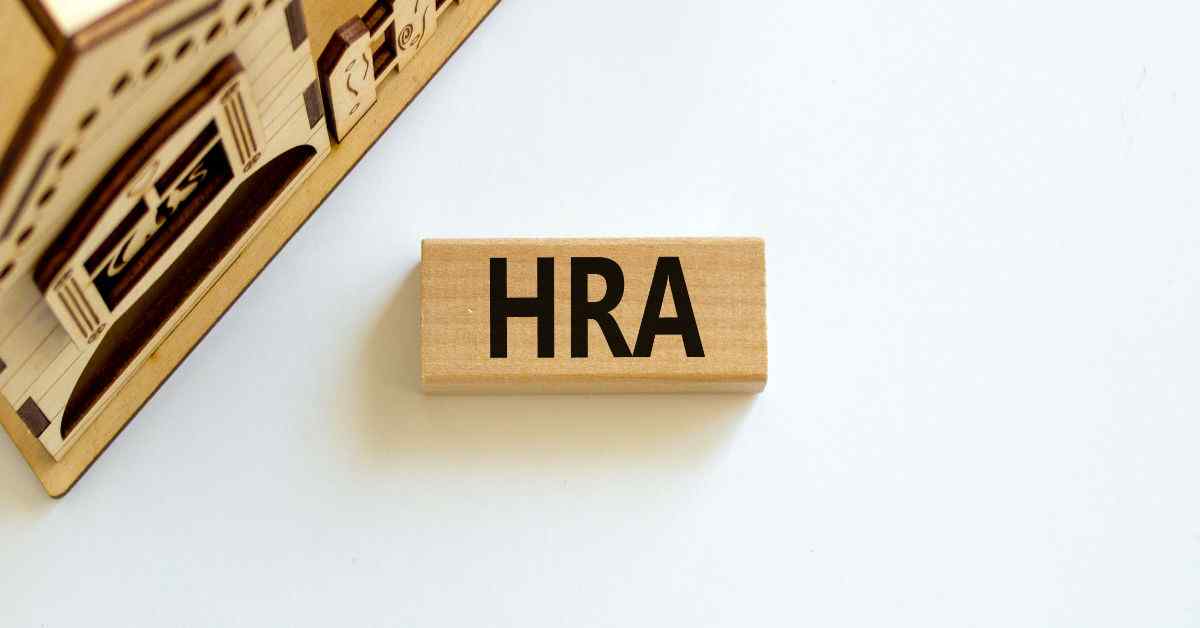

Submit the Form to Unlock the Best Deals Today
Help us assist you better
Check Your Eligibility Instantly

Experience The NoBrokerHood Difference!
Set up a demo for the entire community
Save on Taxes with HRA: Everything you need to know about house rent allowance under section 10 13A
Table of Contents
Are you a working professional, landlord, or employee wondering about the House Rent Allowance (HRA) under Section 10 13A of the Income Tax Act? Well, you have come to the right place. In this blog, we will give you a comprehensive understanding of house rent allowance under Section 10 13A, its calculation, benefits, and how to claim HRA exemption while filing income tax returns.
What is the House Rent Allowance Under Section 10 13A?

HRA is a salary component provided by the employer to the employee to meet the expenses of renting a house. Section 10 13A of income tax act governs the rules for claiming HRA exemption. HRA is a common component in the salary package for employees, and it is beneficial for both the employer and employee. The employer gets tax benefits while the employee saves on taxes.
Why is House Rent Allowance under Section 10 13A for working professionals, landlords, and employees important?
HRA section 10 13A is crucial for both working professionals and landlords. For working professionals, it helps them save taxes and reduces their rental expenses. For landlords, income tax Section 10 13A is a deciding factor for tenants while looking for a rental property. As an employee, you should understand the HRA calculation to know how much HRA you can claim and how much tax you can save.
Quality Service Guarantee Or Painting Free

Get a rental agreement with doorstep delivery

Find the BEST deals and get unbelievable DISCOUNTS directly from builders!

5-Star rated painters, premium paints and services at the BEST PRICES!
What is House Rent Allowance under Section 10 13A?
HRA is a salary component given to employees by the employer to cover their rental expenses. HRA is applicable only if the employee pays rent for a residential property. The property can be owned by anyone, including family members or spouse, but not by the employee themselves. HRA is applicable to both government and private employees.
Types of expenses covered under House Rent Allowance under Section 10 13A
HRA covers expenses related to renting a house, including rent paid for the property, maintenance charges, and other similar expenses. However, HRA does not cover expenses like electricity charges, water charges, or parking charges.
| Expenses Covered by HRA | Expenses Not Covered by HRA |
| Rent paid for the property | Electricity charges |
| Maintenance charges | Water charges |
| Other similar expenses | Parking charges |
Factors affecting House Rent Allowance under Section 10 13A calculation
If you are worried about how to calculate House Rent Allowance under Section 10 13A, the amount of HRA is calculated based on the employee's salary, the rent paid, and the city of residence. The HRA calculation also depends on whether the employee lives in a metro city or non-metro city. The HRA calculation is a complex process, and it is advisable to use an online House Rent Allowance under Section 10 13A calculator to calculate the exact amount.
Maximum HRA limit under Section 10 13A
The maximum House Rent Allowance under Section 10 13A is calculated as the minimum of the following three amounts:
- Actual HRA received from the employer
- 50% of basic salary for employees living in metro cities (40% for non-metro cities)
- Rent paid minus 10% of basic salary
Understanding HRA Exemption Rules and Calculation in FY 2023

House Rent Allowance under Section 10 13A (HRA) is a vital component of the salary structure of many employees in India. It is a tax exemption provided by employers to employees to help them pay rent for the accommodation they live in. HRA is governed under Section 10(13A) of the Income Tax Act, which provides an exemption from income tax for HRA received by salaried individuals. The amount of exemption depends on the actual rent paid, the salary of the employee, and the location of the rented accommodation.
To claim HRA exemption, it is important to understand the rules and calculation method. The exemption amount can be calculated using an HRA calculator or manually. The actual rent paid minus 10% of the basic salary and HRA received by the employee is the exemption amount. However, the exemption amount cannot exceed the actual HRA received by the employee.
Eligibility for HRA tax exemption is determined based on several factors, including the employee's salary, the actual rent paid, and the city of residence. To claim the HRA tax exemption, employees must provide proper documentation, such as rent receipts and rental agreements, to their employer.
The calculation of HRA tax exemption is also based on several factors, such as the employee's basic salary, HRA component of the salary, and the actual rent paid. The HRA tax exemption can be calculated using a simple formula provided by the Income Tax department, and there are also several online HRA calculators available to help employees accurately calculate their HRA tax exemption. It is important to keep proper documentation, such as rent receipts, rental agreements, and salary slips, to claim the HRA exemption while filing income tax returns. Any mistake or incorrect information can result in legal issues with the tax authorities.
Calculation of HRA Under Section 10 13A

Calculating HRA under Section 10 13A can seem daunting at first, but it is a straightforward process that can be broken down into a few simple steps. To calculate HRA, you will need to determine the following:
- Actual rent paid: This refers to the actual amount of rent paid by the employee to the landlord for the rented property.
- HRA received: This refers to the amount of House Rent Allowance under Section 10 13A received by the employee from their employer.
- Salary: This includes basic salary, dearness allowance (if any), and any other taxable allowances.
Once you have determined these figures, you can use the following formula to calculate your HRA:
HRA = (Actual rent paid - 10% of salary) x HRA received percentage
The 10% of salary mentioned here is the minimum amount that needs to be deducted from the salary for HRA calculation purposes. The HRA received percentage can vary depending on the city in which the employee is living. For metro cities, the HRA received is typically 50% of the basic salary, while for non-metro cities, it is 40% of the basic salary.
HRA calculator tools available online
If you find the above calculation process too complicated, there are many online HRA calculators available that can make the process easier. These calculators typically require you to enter the relevant figures, and they will provide you with the HRA amount that you are eligible to claim as a tax exemption.
Examples of HRA calculation for different salary structures
Let's take a look at some examples of how HRA can be calculated for different salary structures:
Example 1: An employee living in Mumbai with a basic salary of Rs. 40,000 per month, receiving an HRA of Rs. 20,000 per month, and paying rent of Rs. 15,000 per month.
- HRA = (15,000 - (10% of 40,000)) x 50%
- HRA = (15,000 - 4,000) x 50%
- HRA = Rs. 5,500 per month
Example 2: An employee living in Kolkata with a basic salary of Rs. 30,000 per month, receiving an HRA of Rs. 12,000 per month, and paying rent of Rs. 10,000 per month.
- HRA = (10,000 - (10% of 30,000)) x 40%
- HRA = (10,000 - 3,000) x 40%
- HRA = Rs. 2,800 per month
Benefits of HRA under Section 10 13A

One of the main benefits of HRA under Section 10 13A is that it can help save taxes. The amount of HRA received by an employee is eligible for tax exemption under certain conditions, and this can help reduce the employee's tax liability. This is particularly beneficial for employees who are living in rented accommodation and paying rent to their landlord.
It is important to note that HRA and rent deduction under Section 80GG are not the same thing. While HRA is an allowance received by an employee from their employer, rent deduction under Section 80GG is a tax deduction that can be claimed by individuals who are not receiving any HRA from their employer. The deduction amount allowed under Section 80GG is up to Rs. 60,000 per annum.
Importance of claiming HRA exemption while filing income tax returns
One of the key reasons for claiming HRA exemption while filing income tax returns is to reduce the tax liability of the taxpayer. By claiming the HRA exemption, the taxpayer can reduce the taxable portion of their salary, which in turn reduces their tax liability. This can be a significant saving, especially for those who are paying a high amount of rent.
Another important reason to claim the HRA exemption is to avoid any penalties or legal issues with the tax authorities. Failing to claim the HRA exemption or incorrectly claiming it can lead to penalties or legal issues, which can be avoided by accurately claiming the exemption.
Moreover, claiming the HRA exemption is a legitimate way to save on taxes and should not be ignored by taxpayers. It is a legal provision that has been provided to employees who are paying rent and should be taken advantage of.
HRA Exemption Rules: Understanding the latest changes
The HRA exemption is an important aspect of an employee's salary structure, and any changes to the rules and regulations can have a significant impact on their finances. In the Budget 2023, there were no changes announced to the HRA exemption rules, but it is essential to understand the existing regulations to claim the exemption correctly.
Under Section 10(13A) of the Income Tax Act, an employee can claim an exemption on the HRA received from their employer, subject to certain conditions. The exemption is calculated based on the least of the following three amounts: actual HRA received, rent paid in excess of 10% of salary, and 50% of salary for those living in metro cities or 40% for those in non-metro cities. However, to claim the exemption, the employee must provide proper documentation, including rent receipts, rent agreement, and PAN of the landlord if the rent paid is above a certain limit. It is also crucial to calculate the HRA exemption accurately to avoid any penalties or legal issues with the tax authorities.
Tips for claiming HRA Exemption
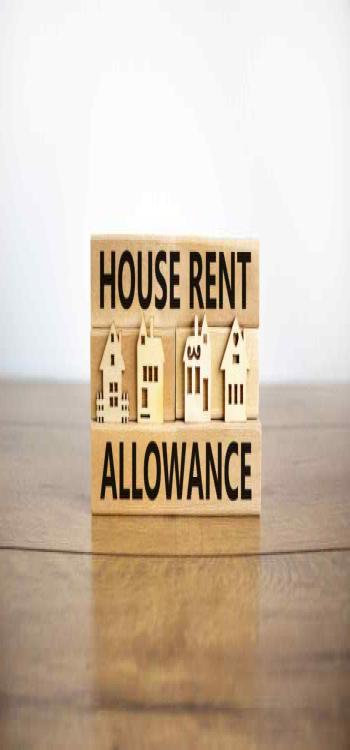
To claim HRA exemption, the taxpayer needs to submit proper documentation such as the rent agreement, rent receipts, and other supporting documents to prove that they are paying rent. It is important to ensure that the rent receipts are issued in the name of the taxpayer and that they match the rent paid as per the rent agreement.
Importance of accurate calculation of HRA
Accurate calculation of HRA is crucial for claiming the exemption. The taxpayer should ensure that the calculation is based on the actual rent paid and the salary structure. The exemption can only be claimed on the actual amount of HRA received, which should be calculated accurately to avoid any issues with the tax authorities.
Common mistakes to avoid while claiming HRA exemption
Some common mistakes to avoid while claiming HRA exemption include claiming an exemption for rent paid to relatives, claiming an exemption for rent paid for more than one property, and claiming exemption for rent paid for a property that is not occupied by the taxpayer. It is, therefore, important for the taxpayer to be aware of these mistakes and avoid them to ensure a hassle-free claiming of the HRA exemption.
Maximizing the benefits of House Rent Allowance Under Section 10 13A with NoBroker's assistance
House Rent Allowance under Section 10 13A is a vital component of an employee's salary structure. And claiming the HRA exemption is essential to save on taxes and avoid any penalties or legal issues with the tax authorities. It is important to keep proper documentation, accurately calculate HRA, and avoid common mistakes while claiming the exemption.
NoBroker can help employees, landlords, and taxpayers with their HRA eligibility, exemption, and rent savings by providing them with accurate information and tools. NoBroker's HRA calculator can help employees calculate their HRA exemption accurately, and its rental agreement service can help landlords and tenants with proper documentation. By taking advantage of NoBroker's services, employees can save on taxes, landlords can ensure proper documentation, and taxpayers can avoid any legal issues with the tax authorities. Click on this link to explore the wide span of NoBroker's property buying and selling services
FAQs
A: HRA stands for House Rent Allowance under Section 10 13A, which is a component of an employee's salary structure to help them pay for their rented accommodation. Section 10 13A of the Income Tax Act provides tax benefits to employees who receive HRA.
A: HRA calculation involves three factors: actual rent paid, salary structure, and the location of the rented accommodation. The least of these three factors is considered for HRA calculation, and the resulting amount is eligible for tax exemption.
A: No, an employee cannot claim both HRA and rent deduction under Section 80GG. However, if the employee is not eligible for deduction under Section 10 13A for House Rent Allowance, they can claim rent deduction under Section 80GG, subject to certain conditions.
A: Employees must submit their rent receipts and rental agreement to their employer to claim HRA exemption. In case the rent paid is more than Rs. 1 lakh annually, the PAN number of the landlord must also be submitted.
A: Some common mistakes to avoid include not submitting the required documentation, not calculating HRA accurately, and claiming HRA exemption even if not eligible. It is important to consult with a tax expert or use an HRA calculator to avoid these mistakes.
Recommended Reading

Nagpur Property Tax: Online Bill Payment, Receipt Download and Tax Calculator in 2025
January 28, 2025
19264+ views
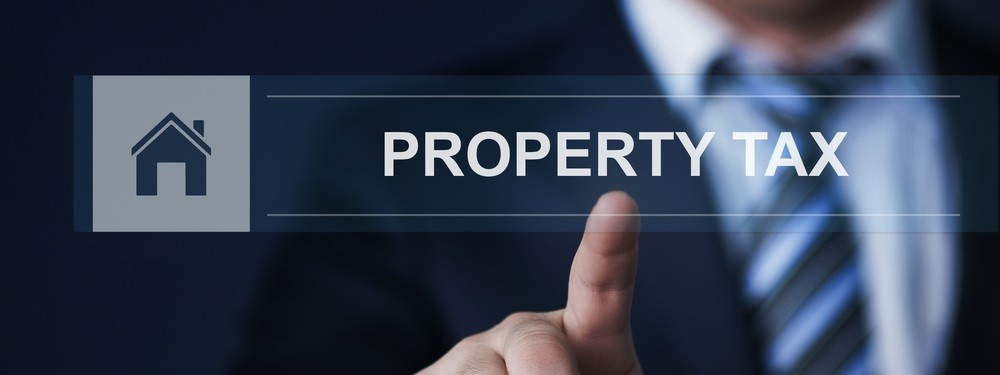
How to pay BBMP property tax online and offline, view the bill, and download the receipt in 2025?
January 23, 2025
9258+ views

GHMC Property Tax: How to Calculate and Pay Tax Online?
January 22, 2025
14147+ views
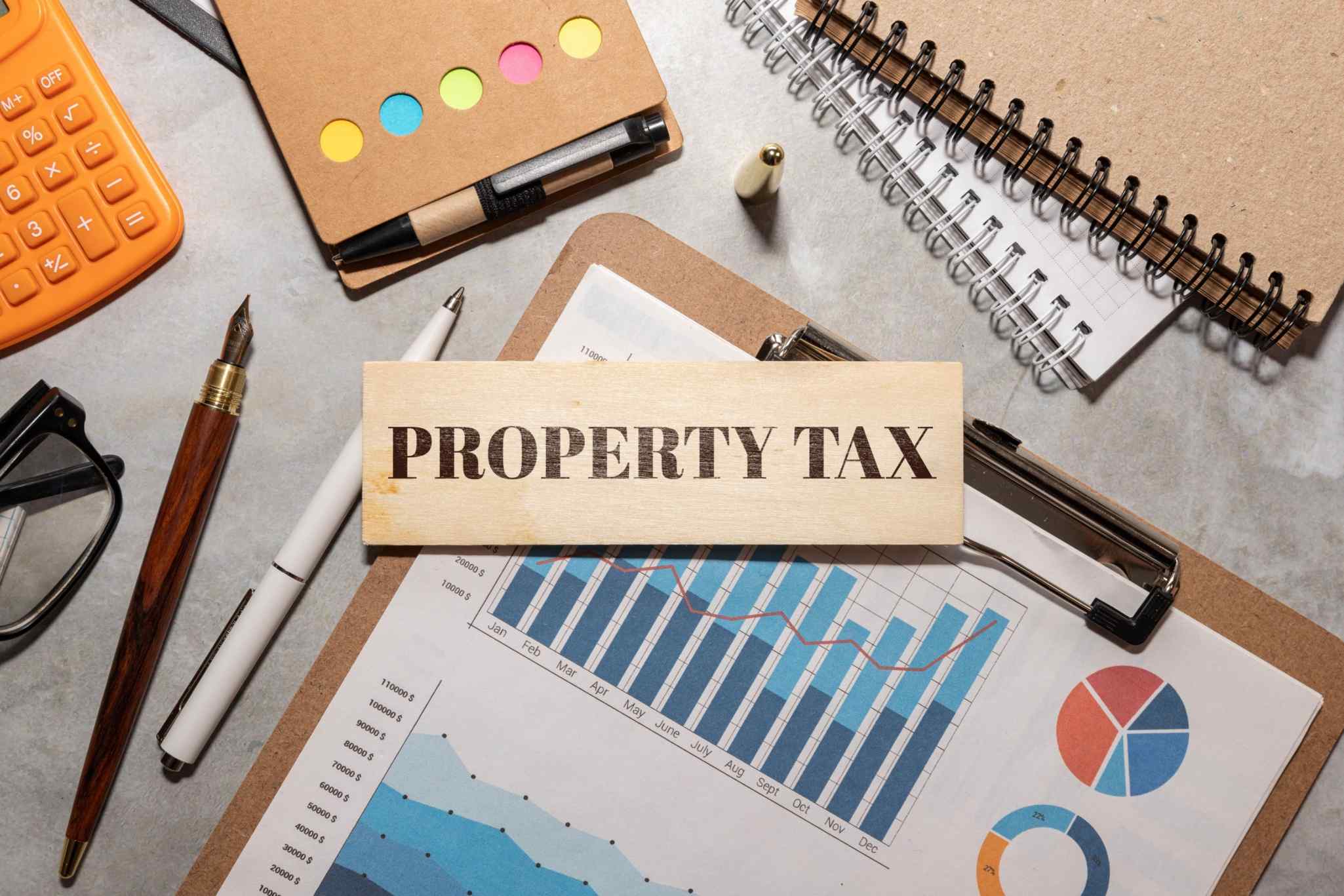
How to pay Assam property tax online and offline, view the bill, and download the receipt in 2025?
January 18, 2025
2028+ views
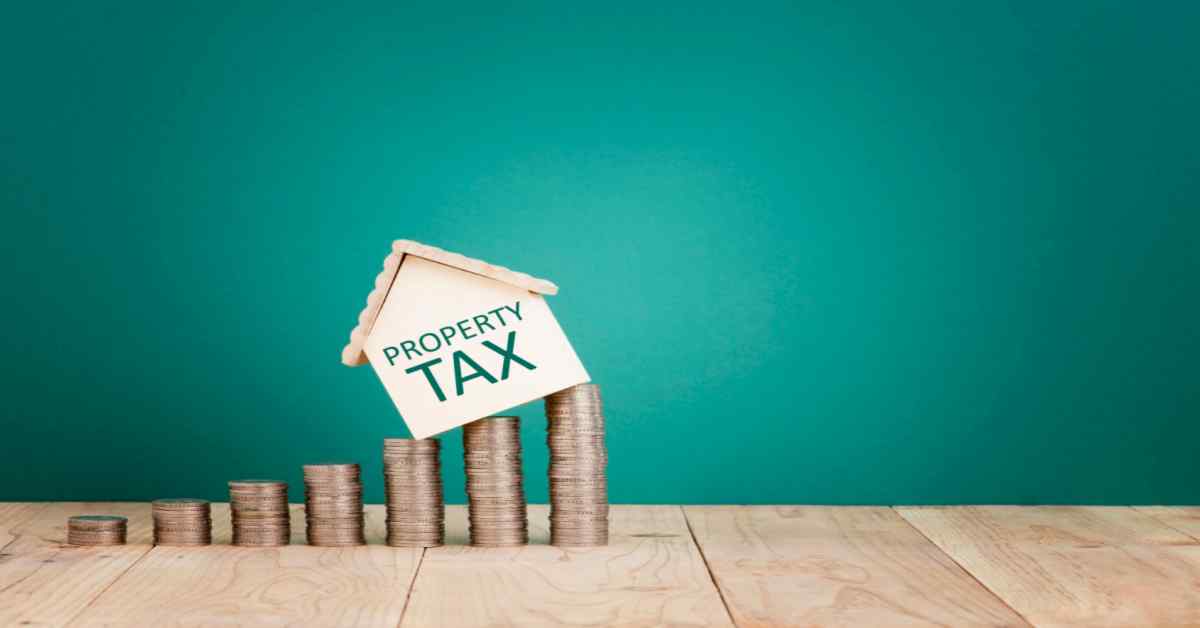
Noida's Property Tax Laws: The Ultimate Guide
January 16, 2025
5998+ views
Loved what you read? Share it with others!
Most Viewed Articles
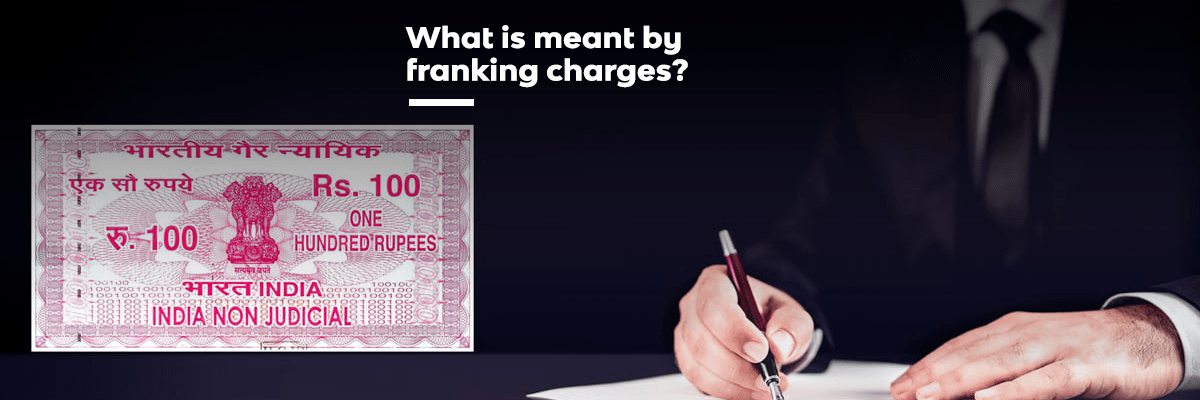
Franking Charges Explained: Meaning and Benefits
December 31, 2024
1046752+ views

What is the BBMP E-Khata Registration process for property owners in Bangalore, Karnataka in 2025?
January 16, 2025
83447+ views

Supreme Court Verdict on Society Maintenance Charges
December 17, 2024
72323+ views

All You Need to Know about Revenue Stamps
December 17, 2024
60823+ views
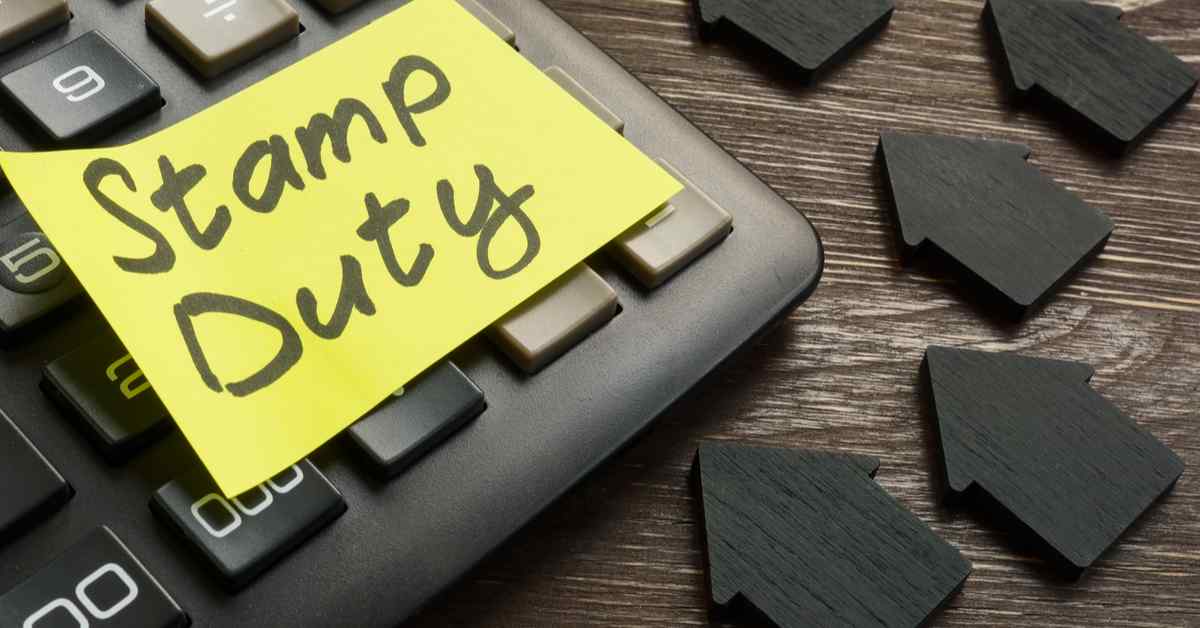
Stamp Duty and Registration Charges in Bangalore in 2025
January 23, 2025
53059+ views
Recent blogs in
Nagpur Property Tax: Online Bill Payment, Receipt Download and Tax Calculator in 2025
January 28, 2025 by Nivriti Saha
Stamp Duty and Property Registration Charges in Mumbai 2025
January 23, 2025 by Kruthi
What are the current Stamp Duty and Property Registration Charges in Karnataka for 2025?
January 23, 2025 by Prakhar Sushant
Stamp Duty and Registration Charges in Bangalore in 2025
January 23, 2025 by Vivek Mishra




Join the conversation!